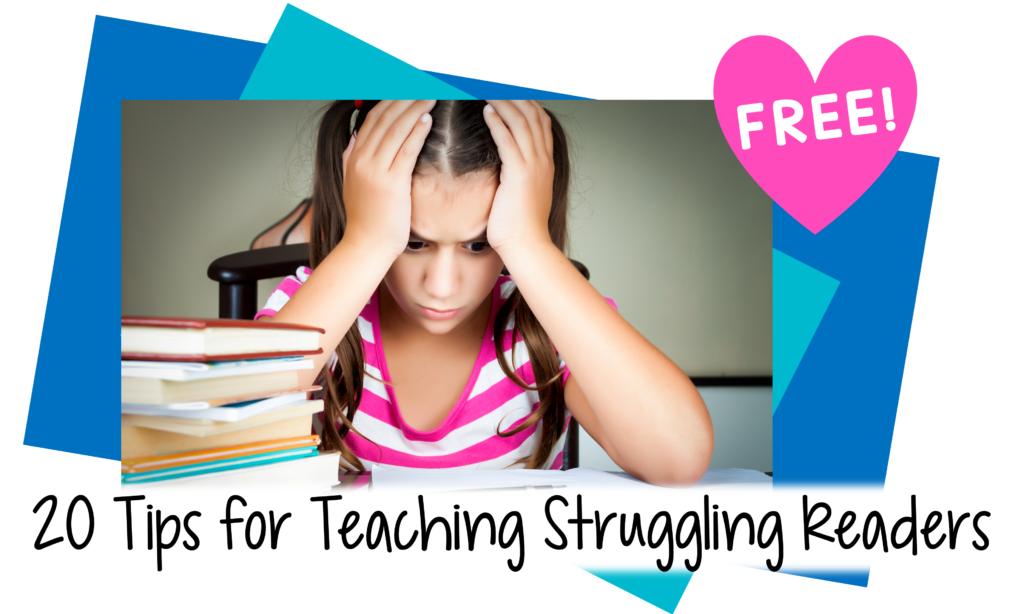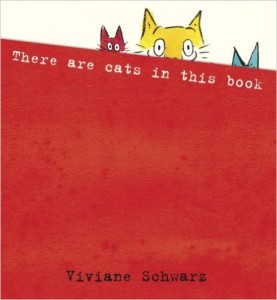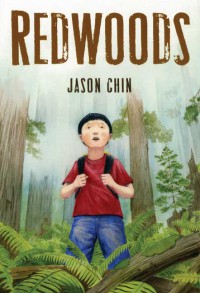Have you eve r heard of metafiction? I hadn’t until I read Sylvia Pantaleo’s article,“The metafictive nature of postmodern picture books” in The Reading Teacher. [i] Now I’m a metafictive picture book convert and want to share my enthusiasm with you!
r heard of metafiction? I hadn’t until I read Sylvia Pantaleo’s article,“The metafictive nature of postmodern picture books” in The Reading Teacher. [i] Now I’m a metafictive picture book convert and want to share my enthusiasm with you!
I know. The term sounds serious, but it’s not. Metafiction is fun. In fact, some metafictive picture books are the silliest books I have ever read, and others are just flat out creative! Kids love them, and you will, too–but first a little background information.
The Greek prefix meta- means above, or at a level above. From a level above, you can take a somewhat objective view of yourself, so meta has also come to mean self-reflective. If you teach reading, you’re probably familiar with metacognition, or thinking about thinking. Reading teachers try to get readers to think about themselves and whether or not they are comprehending what they are reading. That’s the same meta.
Metafiction is a work of fiction that does something unexpected with the genre that draws attention to the work itself. Maybe the author twists around a traditional tale or writes a story within a story. Perhaps the characters speak directly to the reader or narrator, and even take over the plot. There are many different ways to make a work of fiction meta. Related to metafiction is the theater term, “breaking the fourth wall.” Actors break the fourth wall when they cross the imaginary wall that separates the stage from the audience. Very meta.
Publishers have offered a rash of metafictive picture books in the last few years, although this genre dates back to the 20th century. The best way to explain metafiction is with a few examples.
Here are some metafictive devices listed by Pantaleo in her article, followed by picture books that illustrate the devices. Most metafictive picture books “break the fourth wall” in several ways. I’ve just put them under one element they demonstrate.
- Unusual book design or layout
In The Three Little Pigs, by David Wiesner, the pigs break out of the traditional fairy tale, start folding up the pages of the book, and eventually run into characters from other tales and genres.
- Stories within stories
In No Bears, by Meg McKinlay (illustrated by Leila Rudge), the main character, Ella, writes a book within the actual book.
In There are Cats in this Book, by Viviane Schwarz, both the cat characters and the narrator speak to the reader.
- Characters who comment about their own or other stories
In Chester, by Mélanie Watt, Chester the cat insists that it’s his book. He even crosses out Mélanie Watt’s name on the cover and puts his own name.
- Disruption of time and space relationships in narratives
In Redwoods, by Jason Chin, a boy picks up a nonfiction book about redwood forests and enters the world of the redwoods. Also combination of fiction and nonfiction.
- Something makes the readers aware of what makes up a story.
The characters in Help! We Need a Title!, by Hervé Tullet, realize that there is someone watching them (the readers) and that they have to make up a story. Eventually they realize that they aren’t very good at telling a story and call in the author.
- Mixing of Genres
In A Book, by Mordicai Gerstein, the main girl character runs into characters from different genres, as she searches for her own story. During these encounters, the reader learns about the elements of different genres.
- Multiple narratives or stories
In Chloe and the Lion, by Mac Barnett and illustrated by Adam Rex, the author, illustrator, and main character interact and talk to each other. This book operates on so many levels that there are three instances of “The End.”
One of my favorite categories of picture books is creative nonfiction, also called narrative nonfiction. These books can be metafictional, in that they take the traditional informational genre and mix it up with fiction in some way. In No Monkeys, No Chocolate, by Melissa Stewart and Allen Young, and illustrated by Nicole Wong, two little worms make humorous comments about each page of the book, as the narrator recounts where chocolate comes from.
can be metafictional, in that they take the traditional informational genre and mix it up with fiction in some way. In No Monkeys, No Chocolate, by Melissa Stewart and Allen Young, and illustrated by Nicole Wong, two little worms make humorous comments about each page of the book, as the narrator recounts where chocolate comes from.
After reading a couple of dozen metafictive picture books (a lovely way to spend an afternoon, by the way!), I find that Robyn McCallum hits the nail on the head when she describes metafiction for children as “an elaborate form of play” (cited in Pantaleo, p. 331).
Kids get a kick out of these rebellious books, but because of the surprise element in metafiction, you need to take special care in how you present them. Here are a few ideas to consider:
- Metafictive picture books are best for readalouds, at least initially. Rereadings can focus on different levels of narrative.
- Because of the intricate and interactive nature of the books, as well as the strong illustration component, these books are often best for one-on-one or small group settings.
- Metafiction is good for teaching inference. Show the children how to read between the lines, between the lines of narrative, between the realities!
- Students, especially younger ones, will probably need help in understanding what is going on in these books.
- Many works of metafiction clearly demonstrate the elements of fiction for children.
- These books can be great models for creative writing.
Above all, enjoy metafiction picture books with the children. Don’t worry if some children don’t understand all the complexities and layers of the stories. For example, emergent readers are learning about how the simple narrative story structure works, and may not be ready to appreciate dual story structures. Even if students only relate to the illustrations of a given book, the magic of these books is that they can be understood on a variety of levels by different people.
Perhaps we should put metafiction in that marvelous category of picture books that appeal to children, and yet contain a few wink-wink lines that only some readers understand.
Click here for my list of recommended metafiction picture books.
Goodreads’ Picture Book Club will be discussing “meta fiction in August, 2015.
http://www.goodreads.com/topic/show/15014204-august-2015-meta-fiction-vote-for-books-here
Here Goodreads’ Listopia list of metafiction picture books:
https://www.goodreads.com/list/show/82505.Picture_Books_That_Break_the_Fourth_Wall_
[i] Sylvia Pantaleo. 2014. The metafictive nature of postmodern picture books. The Reading Teacher 67 (5):354-332. DOI: 10.1112/trtr.1233




Leave a Reply